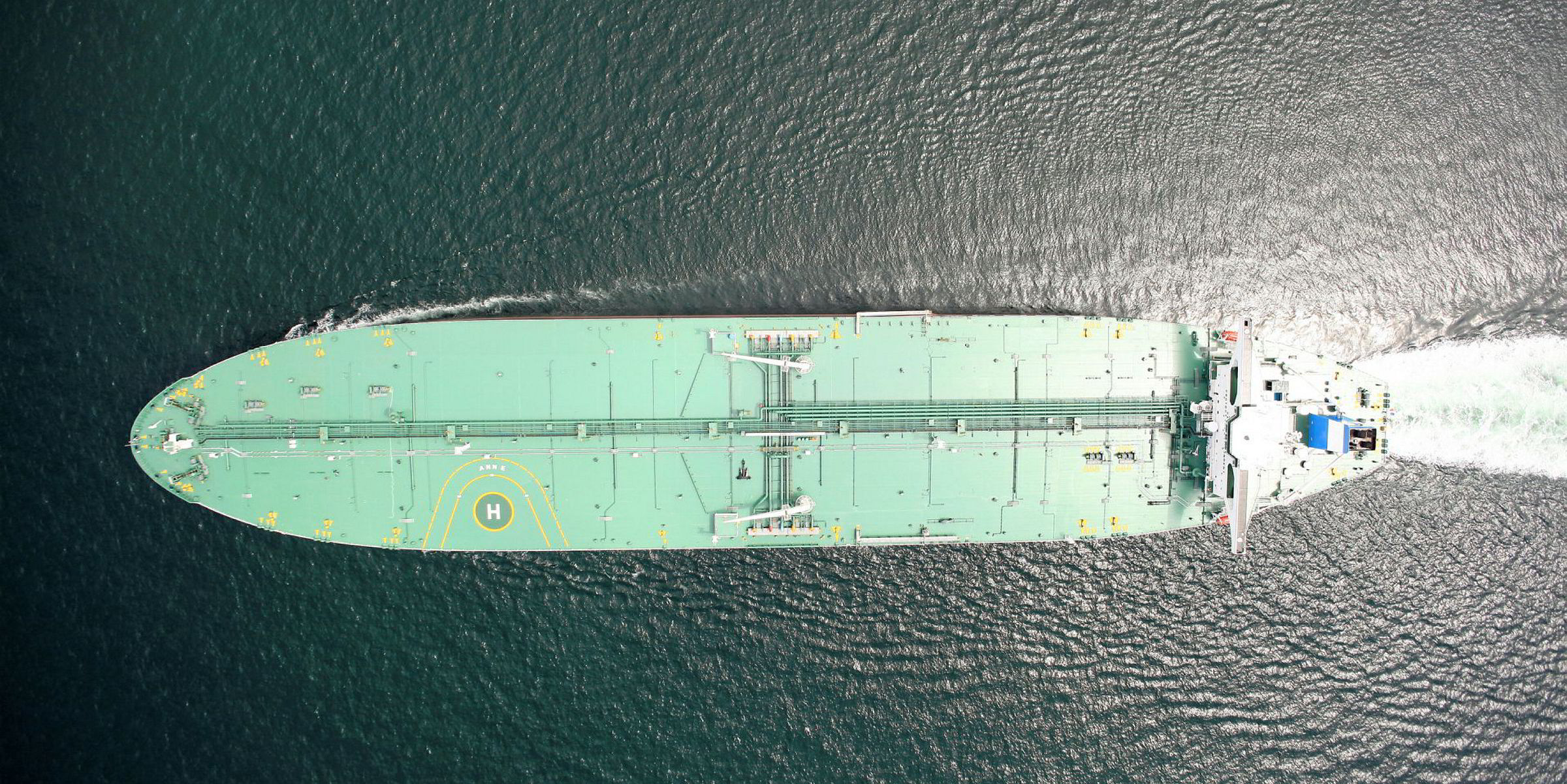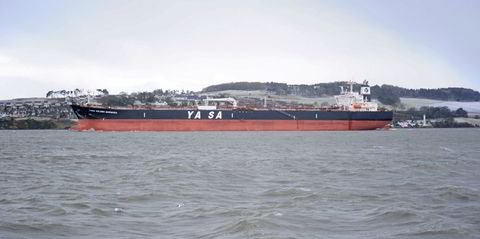VLCC specialist Tankers International (TI) expects to grow both its new Scrubber Pool and its existing pooling arrangement for VLCCs — and is currently engaged in talks with potential new entrants.
TI chief executive Jonathan Lee said the VLCC pooling outfit has had considerable feedback in the wake of this month's announcement that it is setting up a 23-ship Scrubber Pool for VLCCs, following the entry of ships owned by Hunter Group and Hartree Maritime Partners to the new outfit.
“We think there is ample scope to grow our Scrubber Pool and our non-scrubber pool,” Lee said, revealing that the company is in talks with shipowners interested in putting vessels into both commercial management arrangements.
However, he refused to be drawn on the number of ships under discussion.
Lee said TI’s customers, which he observed are getting fewer but larger, want consistency of access to vessels at market rates.
“We offer massive optionality at a market rate,” he said, explaining that the size of the pools mean ships can be swapped in to fit charterers’ requirements.
Improved rates
VLCCs from both pools are being offered under similar terms but the scrubber-fitted vessels are expected to offer improved time-charter equivalent rates because of their ability to burn potentially cheaper heavy fuel oil.
In the last few days, TI confirmed the addition of the VLCC newbuildings Hunter and Hartree, which it said will boost its combined pools to 73 vessels.
TI also said it will be setting up its new US outfit within the New York offices of its pool partner, International Seaways.
Lee said the new US branch will be staffed by two people seconded from pool participants. But he declined to give further details.
However, he did add that the office will be up and running shortly.
Speaking about the New York base, he said: "It is an affirmation of something we hear a lot about, which is the growth in US crude exports."
Lee declared the increase in US crude exports as a “game changer” for VLCCs as it ups the tonne-mile equation for the large tankers.
He detailed that a US-China round trip could stack up at 130 days, translating into just three voyages per year for a vessel boosting the need for efficient eco-ships or scrubber-fitted vessels with potentially lower operating costs.






